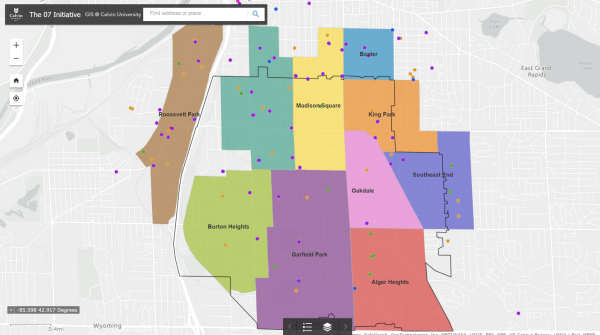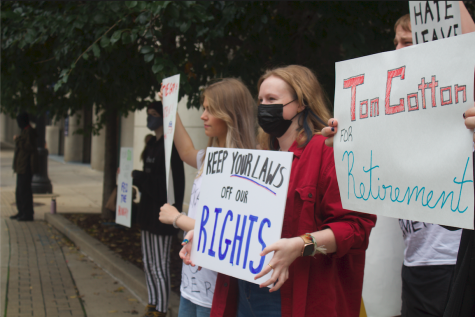5,000 students absent on day of protest
Approximately 5,000 Grand Rapids Public Schools (GRPS) students skipped school last Thursday, Feb. 16 in protest of President Trump’s immigration order.
The absences brought the district of 16,834 down to 70 percent attendance, according to final numbers Chimes obtained from the GRPS office of communications.
Several schools reported attendance numbers as low as 50 percent: Buchanan Elementary, Cesar E. Chavez Elementary, Westwood Middle, Harrison Park School, Burton Elementary and Middle, Union High, Innovation Central High and Southwest Community Campus.
These Grand Rapids students and their families joined a nationwide “Day Without Immigrants.” Part strike, part boycott, the demonstration called for immigrants to skip work, keep their children home from school and not spend money. Organizers hoped the protest would have a large enough economic impact to show immigrants’ importance to the country’s economy.
In Texas, student protests had major financial repercussions; the 15,000 students who missed class cost the Dallas Independent School District $750,000.
John Helmholdt, the executive director of communications for GRPS, explained that state funding for school districts is directly tied to student attendance. When the district dips below its bar of 75 percent attendance, as it did Thursday, the district loses some of its funds.
To prevent the financial losses incurred by other districts during the protest, GRPS designated the day a snow day in the financial records. This move was pre-approved by the Michigan Department of Education.
Students who were in class Thursday still had a full day of school, but the district is now three snow days into its limit of six for the year.
Helmholdt said that no disciplinary action was taken towards students who missed class, but parents were urged, both before and after Thursday’s protest, to prioritize school attendance for their children.
“We respect and we honor our students and families who choose to exercise their rights in protest,” Helmholdt said. “But our job as educators is to encourage students to be in class.”
GRPS did just that, leveraging a campaign Thursday via email, text message and social media to get students back in the classroom. The call aimed for 100 percent attendance.
The Friday after the protest, attendance numbers rose but did not bounce back as fully as expected. Helmholdt reported an attendance number he said was “still really low,” at 80 percent. Helmholdt said a normal school day for the district has between 90 and 95 percent attendance.
Helmholdt described the “fine line” he and his colleagues walk when dealing with this situation and potential future strikes. While their priority is “doing anything we can to support our students,” he says GRPS will continue to “emphasize the importance of being in class,” since “there is a strong correlation between good attendance and graduation rates.”







